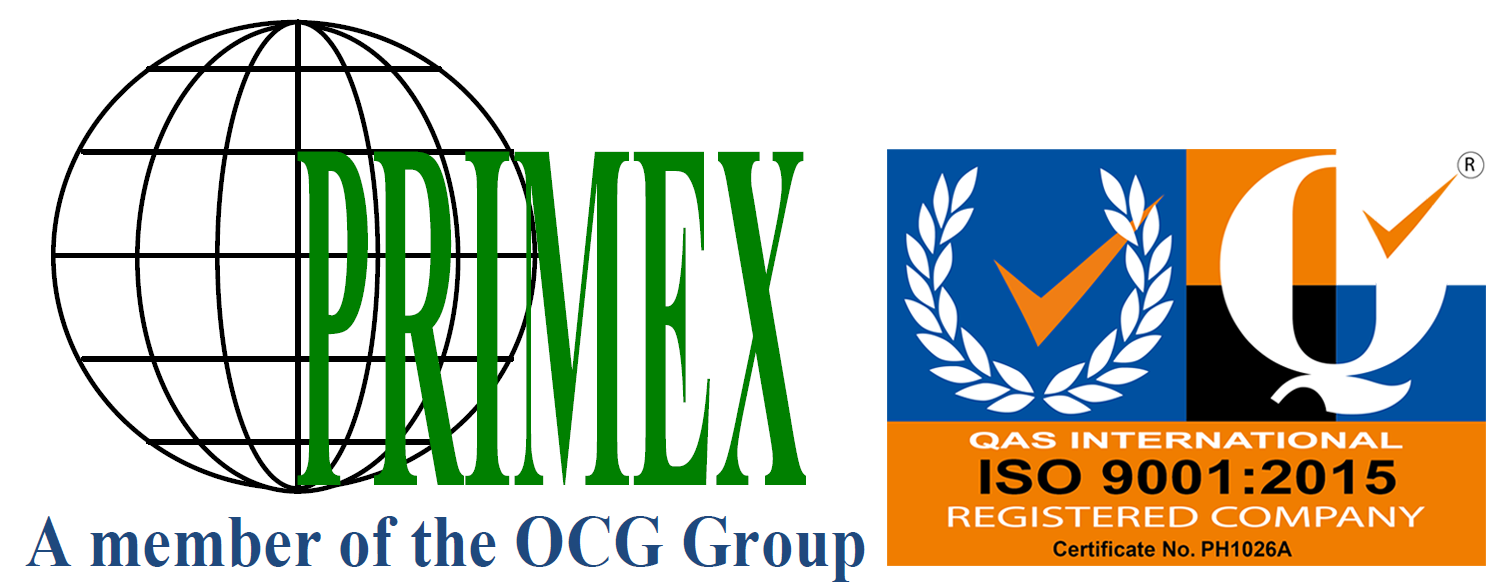Name of Client:
National Economic and Development Authority (NEDA)
Country:
Philippines
Length of Consultancy Assignment:
Start Date: August 2018
Completion Date: July 2020
Detailed Narrative Description of Project:
The objective of this assignment was to prepare a Feasibility Study (F/S) on the improvement and expansion of the GSFPC. The FS analyzed the technical/engineering, market, and economic and financial viability of the proposed expansion and improvement of the GSFPC and assessed its likely environmental and social impacts. The study included the conduct of value engineering/value analysis (VE/VA) with respect to the selection of the best project design and implementation options, including the climate proofing of port structures and the use of available new technology for the project components, to ensure the best scheme that would yield the highest value for money (VfM).
The key output delivered by PRIMEX at the end of the assignment was a Feasibility Study Report (FSR), which consisted of the following main parts: (i) an expanded Executive Summary: (ii) findings of the situation analysis; (iii) results of the feasibility-level analyses, including various plans, maps, financial and economic analysis models, socioeconomic survey report, and environmental impact assessment report; and (iv) appendices. The situation analysis report included the following: (i) current status and trends in fish production (marine/coastal, inland, and aquaculture) in the project area; (ii) current and projected demand for port facilities in GSFPC in the next 25 years, which may include facilities for berthing, fish landing and marketing, post-harvest and fish handling, refrigeration and storage, HACCP-compliant fish processing, boat servicing and ancillary services, administration and laboratory buildings to meet international fisheries and trade commitments, standby power, water supply, wastewater treatment and other utilities, and other fishery-related and support enterprises; (iii) current physical condition of the port facilities vis-à-vis the projected demand and utilization of port facilities in the next 25 years; (iv) socioeconomic status of communities in the vicinity of the fish port and an assessment of their needs that could be addressed by the proposed project; (v) key issues and challenges and opportunities for development; and (vi) proposed project design and monitoring framework (DMF) based on problem/objectives tree analyses. The results of the feasibility-level analyses included: (i) detailed analysis of the current and projected demand for port facilities and the recommended type and scale to meet projected demand; (ii) design criteria and preliminary design of the various port facilities (with due consideration to climate change impacts/risks and value for money); (iii) feasibility-level cost estimates; (iv) financial and economic analysis of at most three development options; (v) project implementation schedule, including construction and maintenance schedule; (vi) project implementation arrangements, including maintenance plan, monitoring and evaluation (M&E) plan, staffing requirements, technical assistance requirements, and options for procurement for fish port rehabilitation and maintenance; (vii) VE/VA recommendation on the best option; (vii) environmental and social impacts of the proposed project; and (viii) conclusions and recommendations.
